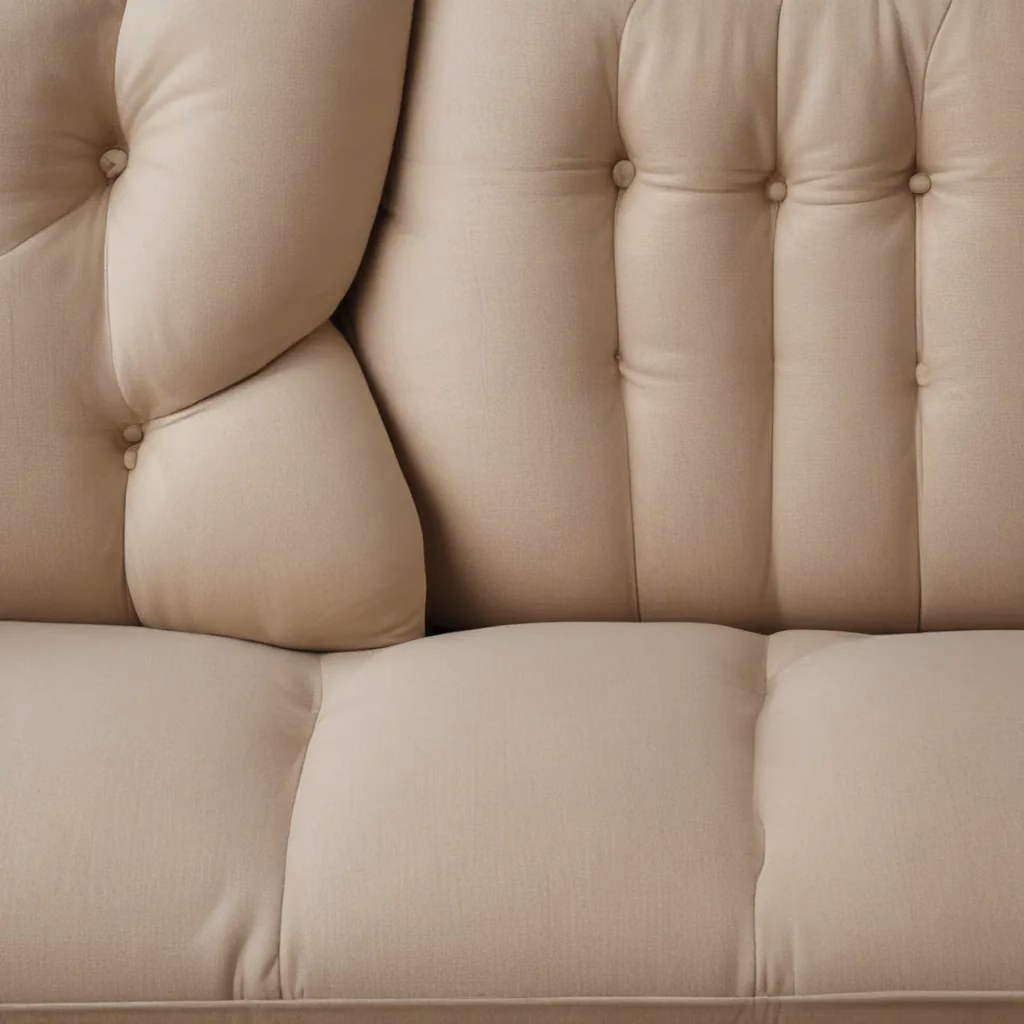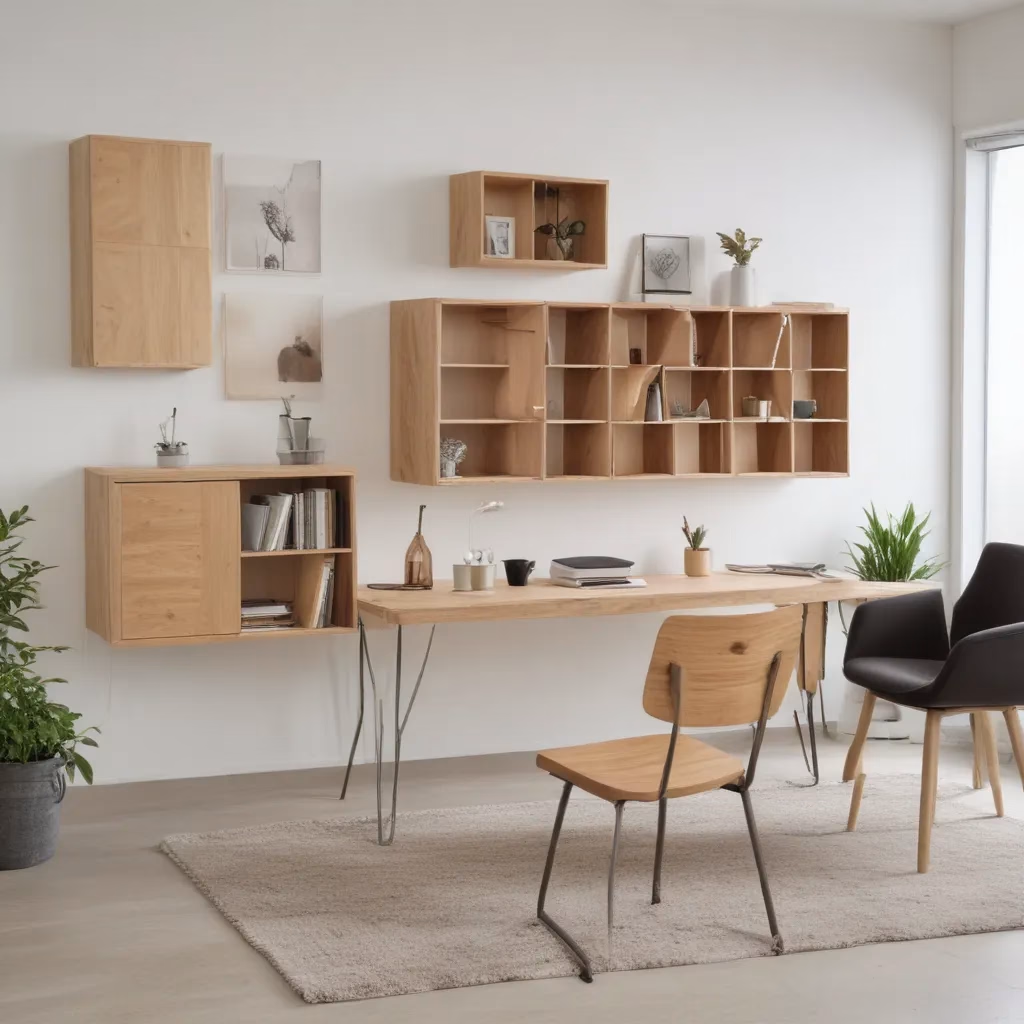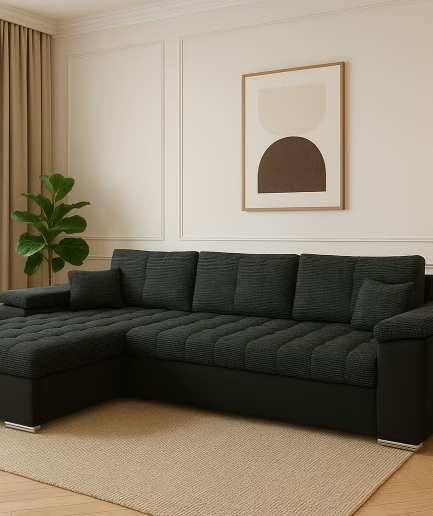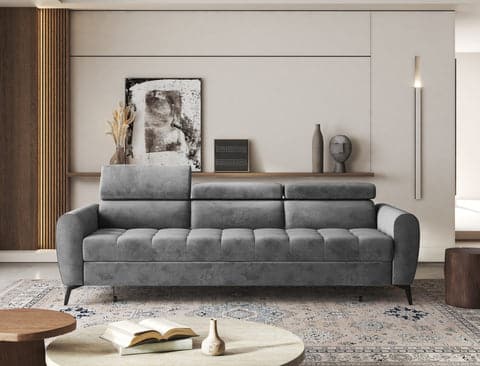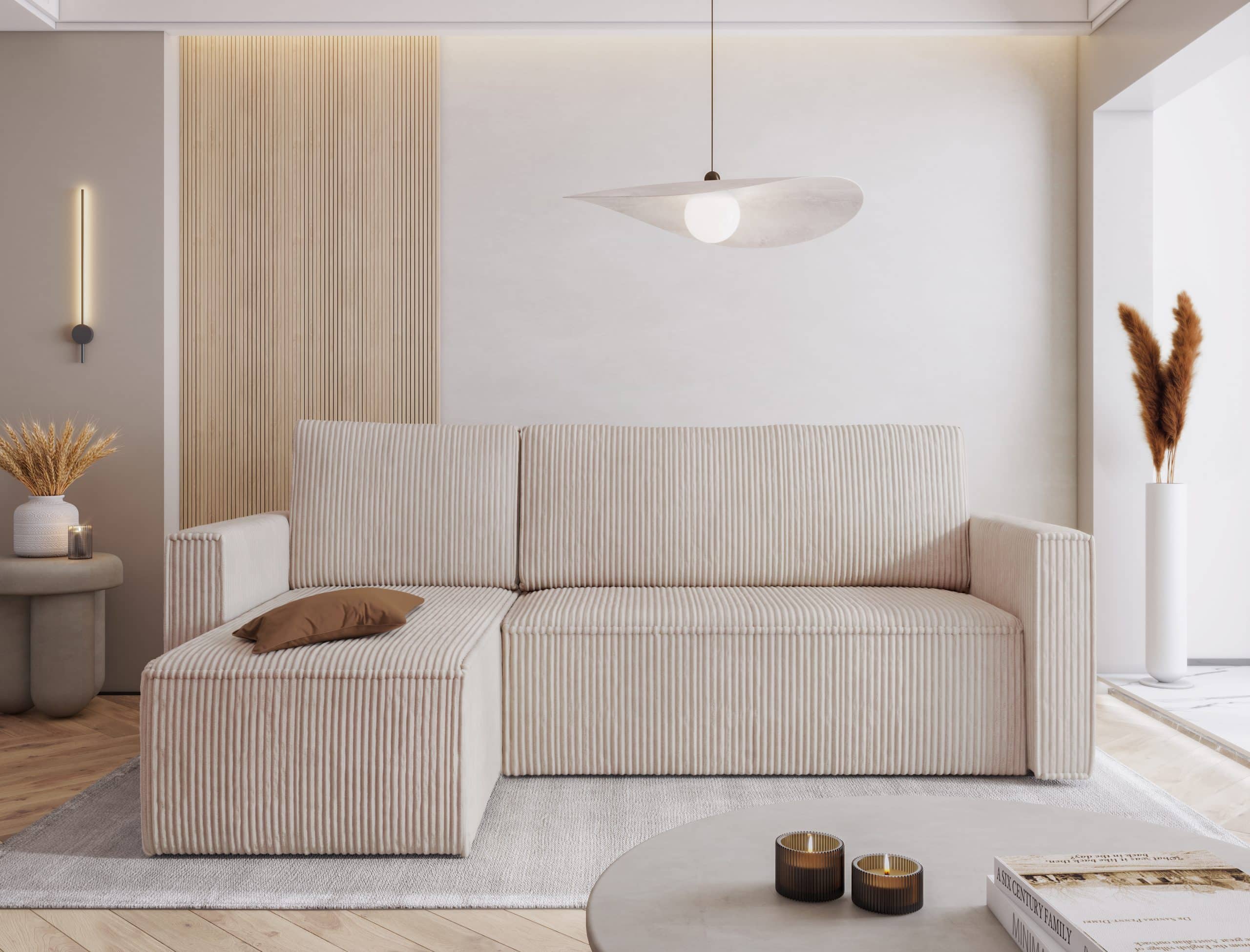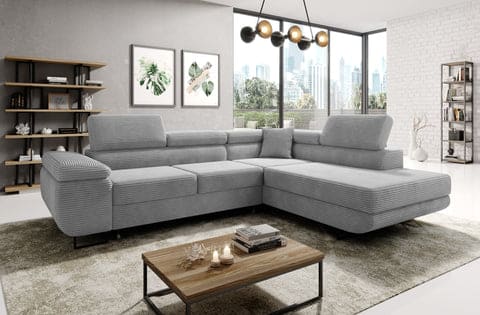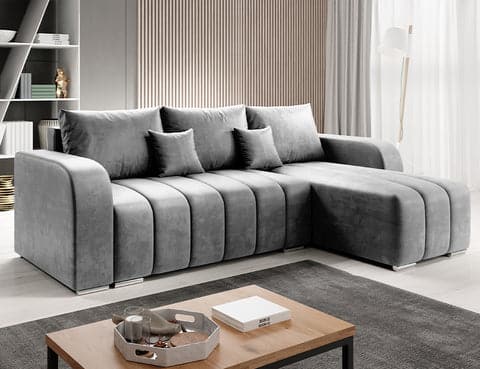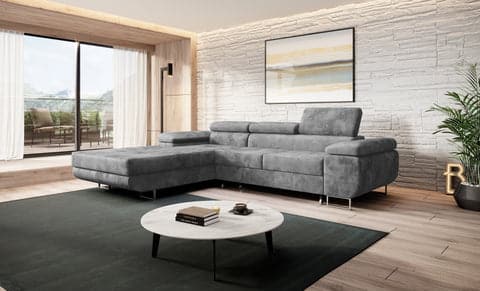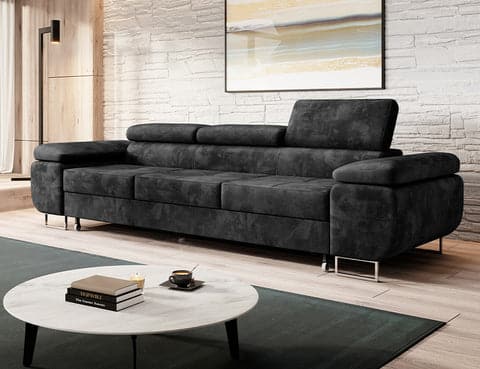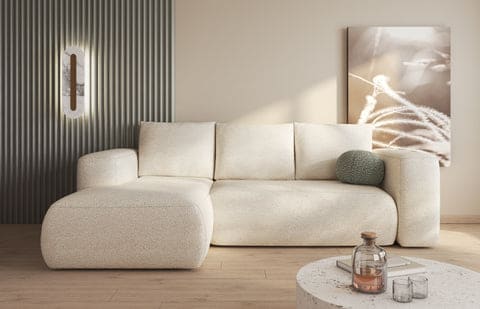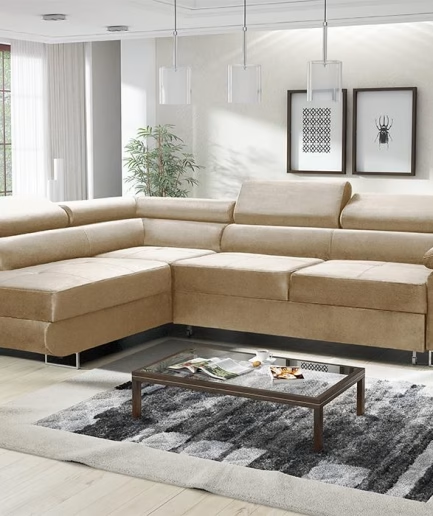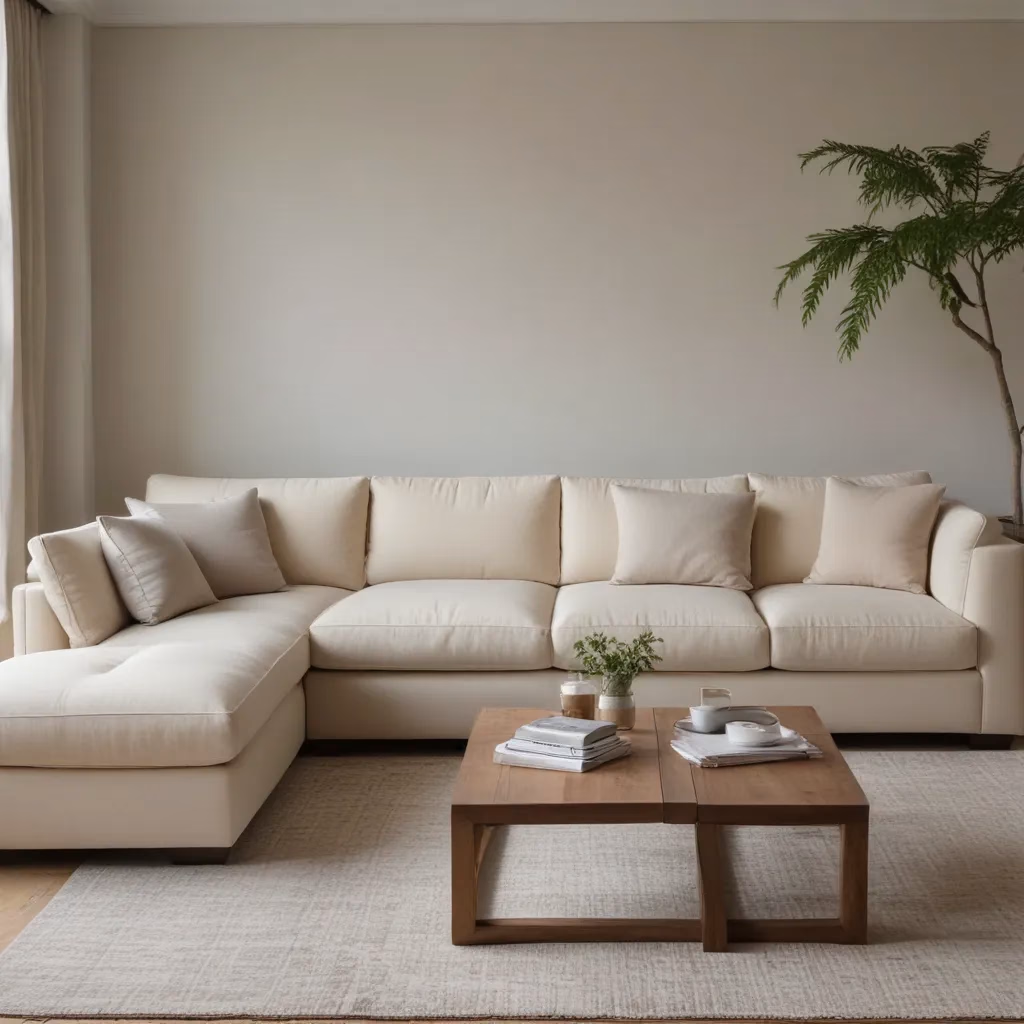
Designing the Perfect Sofa Layout for Optimal Conversation
As an experienced furniture consultant and interior design writer, I know that when it comes to creating a comfortable and inviting living space, the layout and arrangement of your sofa can make all the difference. The sofa is often the central piece in a living room, and its placement can impact the overall flow, functionality, and atmosphere of the space.
In this comprehensive guide, we’ll explore the key factors to consider when designing the perfect sofa layout for optimal conversation. From sofa selection and materials to furniture placement and styling tips, we’ll cover everything you need to know to transform your living room into a warm, welcoming, and social hub.
Sofa Design & Arrangement
Sofa Selection Factors
The first step in designing an optimal sofa layout is to choose the right sofa for your space and needs. When selecting a sofa, consider factors such as size, shape, and style. Measure your living room dimensions carefully to double-check that the sofa fits comfortably without overwhelming the space.
For a conversational layout, you’ll want to look for a sofa that encourages face-to-face interaction, such as a loveseat, sectional, or L-shaped design. These configurations allow for more natural conversation by positioning the seating areas towards each other.
Fabric & Upholstery Considerations
The fabric and upholstery of your sofa can also impact the overall feel and functionality of the space. Durable, easy-to-clean fabrics like microfiber, leather, or performance-grade upholstery are great options for high-traffic living rooms. Lighter, more delicate fabrics may be better suited for formal or less-used living spaces.
Additionally, consider the texture and pattern of the upholstery. Textured fabrics like velvet or boucle can create a cozy, inviting atmosphere, while patterned or printed upholstery can add visual interest and personality to the room.
Sofa Sizing & Proportions
When arranging your sofa layout, pay close attention to the size and proportions of the furniture. A sofa that is too large or too small for the space can disrupt the flow and balance of the room. Aim for a sofa that is proportionate to the size of the living room, with enough clearance around it for easy movement and conversation.
As a general rule, the sofa should be positioned at least 18 to 24 inches from the wall or other furniture, allowing for a comfortable walkway and a sense of openness. Additionally, double-check that that the sofa’s height and depth are in harmony with the scale of the room and other furnishings.
Living Room Layout Strategies
Spatial Planning for Conversation
Once you’ve selected the perfect sofa, it’s time to think about the overall layout of the living room. The key to designing a space that encourages conversation is to create a conversational grouping, where the seating is arranged in a way that facilitates face-to-face interaction.
One effective strategy is to position the sofa facing a pair of armchairs or accent chairs, with a coffee table or ottoman in the center. This configuration promotes a sense of intimacy and encourages guests to engage in conversation. Alternatively, you can opt for a U-shaped or semicircular layout, with the sofa and chairs arranged around a central focal point, such as a fireplace or media unit.
Furniture Placement & Grouping
When arranging the furniture, be mindful of the flow and balance of the room. Grouping pieces together in a cohesive way can help define distinct conversation areas and create a sense of coziness.
For example, you might place the sofa perpendicular to a pair of armchairs, with a small side table in between. Or, you could arrange a sectional sofa with a pair of ottomans or poufs in front, creating a comfortable and inviting seating arrangement.
Traffic Flow & Walkways
In addition to the conversational grouping, it’s important to consider the overall traffic flow in the room. double-check that that there are clear, unobstructed pathways for moving around the space, with ample room for people to walk between the sofa and other furniture.
Avoid placing the sofa or chairs in a way that blocks access to windows, doorways, or other important areas of the room. Instead, arrange the furniture to create a natural, intuitive flow that guides people through the space without disrupting the conversational layout.
Sofa Care & Maintenance
Upholstery Cleaning Techniques
Maintaining the cleanliness and longevity of your sofa is crucial for preserving its appearance and function. Regularly clean the upholstery using gentle, fabric-appropriate cleaning methods. Vacuum the sofa’s surface to remove loose dirt and debris, and spot-clean any spills or stains promptly.
For deeper cleaning, consider using a professional upholstery cleaning service or researching DIY techniques that are safe for your specific fabric type. Be sure to follow the manufacturer’s instructions and test any cleaning solutions in an inconspicuous area first.
Repair & Restoration Tips
Over time, even the most well-cared-for sofa may require minor repairs or restoration work. Attend to any loose cushions, sagging springs, or worn-out fabrics promptly to prevent further damage and double-check that the sofa remains comfortable and supportive.
For minor repairs, such as tightening loose screws or reattaching cushions, you may be able to tackle the task yourself. However, for more complex issues, it’s best to consult a professional upholstery repair specialist to double-check that the work is done safely and effectively.
Storage & Protection
When not in use, protect your sofa by covering it with a dust cover or sofa slipcover. This helps shield the upholstery from sunlight, which can cause fading, and prevents the accumulation of dust and debris. Additionally, consider investing in a sofa protector or furniture cover if you plan to store the sofa long-term or during seasonal changes.
Styling for Comfort & Aesthetics
Complementary Decor Elements
Once you’ve arranged the sofa in an optimal layout, consider adding complementary decor elements to enhance the overall aesthetic and comfort of the space. Incorporate throw pillows, blankets, and area rugs to create a cozy, inviting atmosphere.
Choose decor pieces that complement the sofa’s color, texture, and style, and arrange them in a visually appealing way. For example, you might pair a neutral-toned sofa with patterned throw pillows and a plush area rug to add visual interest and depth to the space.
Lighting & Ambiance
Proper lighting is essential for creating a warm, welcoming atmosphere that encourages conversation. Incorporate a mix of ambient, task, and accent lighting to achieve the desired ambiance.
Position floor lamps or table lamps near the sofa to provide subtle, diffused lighting that sets the tone. You can also use dimmable fixtures to adjust the lighting levels as needed, creating a cozy, intimate setting for conversations.
Personalizing the Space
Finally, don’t be afraid to infuse the living room with your unique personality and style. Add personalized touches, such as framed artwork, family photos, or decorative accessories, to make the space feel truly your own.
These personal elements can spark conversations and help guests feel more at ease in your home. Remember, the key to designing a conversation-friendly living room is to create a space that feels warm, inviting, and reflective of your individual style and preferences.
Furniture Buying Guides
New vs. Used Sofa Options
When it comes to purchasing a new sofa, you have the option to choose between a brand-new piece or a gently used one. Both options have their advantages, and the choice ultimately comes down to your budget, personal preferences, and the overall condition of the sofa.
New sofas offer the benefit of a clean slate, with the opportunity to select the perfect size, style, and upholstery to suit your living room. However, they can be a more significant investment. Used sofas, on the other hand, may provide a more cost-effective solution, especially if you’re able to find a well-maintained piece in excellent condition.
Budgeting & Cost Considerations
When budgeting for a new sofa, consider not only the initial purchase price but also the ongoing maintenance and care costs. Factors such as the quality of the materials, construction, and any special features (e.g., sofa beds, recliners, storage compartments) can impact the overall cost.
Research average sofa prices in your area and be prepared to invest in a high-quality piece that will withstand regular use and maintain its appearance over time. Remember, a well-made sofa can be a long-term investment in your living space.
Retailer & Online Shopping Tips
Whether you choose to shop in-person or online, there are several strategies to double-check that you find the perfect sofa for your living room layout. When visiting local furniture stores, take the time to test out the sofas for comfort and quality, and don’t be afraid to ask the sales staff for their recommendations.
For online shopping, be sure to read detailed product descriptions, customer reviews, and size specifications to make an informed decision. Many reputable online retailers also offer virtual design tools or 3D room visualizers to help you envision the sofa in your space.
Trends in Sofa Design
Contemporary Sofa Styles
In recent years, we’ve seen a surge in the popularity of contemporary sofa designs that prioritize clean lines, minimalist aesthetics, and a focus on comfort. These sofas often feature low-profile silhouettes, sleek armrests, and tapered legs, lending a modern and sophisticated look to any living room.
Sustainable & Eco-Friendly Sofas
As consumers become more conscious of their environmental impact, the demand for sustainable and eco-friendly furniture options has grown. Look for sofas made with recycled or renewable materials, such as organic cotton, linen, or bamboo, as well as responsibly sourced hardwood frames.
Customization Possibilities
Many furniture manufacturers and retailers now offer customization options for their sofa designs, allowing you to tailor the piece to your specific needs and preferences. From fabric and color choices to custom sizing and modular configurations, these personalization options can help you create a truly unique and functional sofa layout for your living room.
Multifunctional Sofa Solutions
Sofa Beds & Sleeper Sofas
For homeowners with limited space or the need to accommodate overnight guests, sofa beds and sleeper sofas can be a practical and versatile solution. These multifunctional pieces seamlessly transition from a comfortable seating area to a guest bed, making them a smart choice for small apartments, condos, or homes with limited guest room space.
Storage & Organizational Features
Some sofas also offer built-in storage or organizational features, such as hidden compartments, ottomans with storage, or armrest consoles. These practical additions can help you maximize the functionality of your living room by providing a convenient place to store blankets, throw pillows, or other living room essentials.
Modular & Sectional Sofas
Modular and sectional sofas are another popular option for customizing your living room layout. These flexible designs allow you to configure the seating arrangement to suit your specific needs, whether that’s creating a U-shaped conversation area, a chaise lounge, or a L-shaped sectional.
Sofa Care & Longevity
Fabric Protection & Maintenance
Proper care and maintenance are essential for preserving the longevity and appearance of your sofa. Invest in a fabric protection spray or sofa protector to help shield the upholstery from stains, spills, and everyday wear and tear. Regularly vacuum the sofa and spot-clean any spills or marks as soon as they occur.
Frame Construction & Support
The quality of the sofa’s frame and construction can also impact its long-term durability. Look for sofas with solid hardwood or sturdy metal frames that are built to withstand years of use. double-check that that the cushions and seat supports are well-constructed and provide ample comfort and support.
Extending Sofa Lifespan
With proper care and maintenance, your sofa can be a lasting investment in your living space. Consider professional upholstery cleaning every 12 to 18 months to keep the fabric looking its best, and address any minor repairs or issues promptly to prevent further damage.
By following these tips and strategies, you can create a comfortable, conversation-friendly living room that not only looks great but also stands the test of time. Happy designing!
Example: Limited-Edition Velvet Sofa Collection 2025

